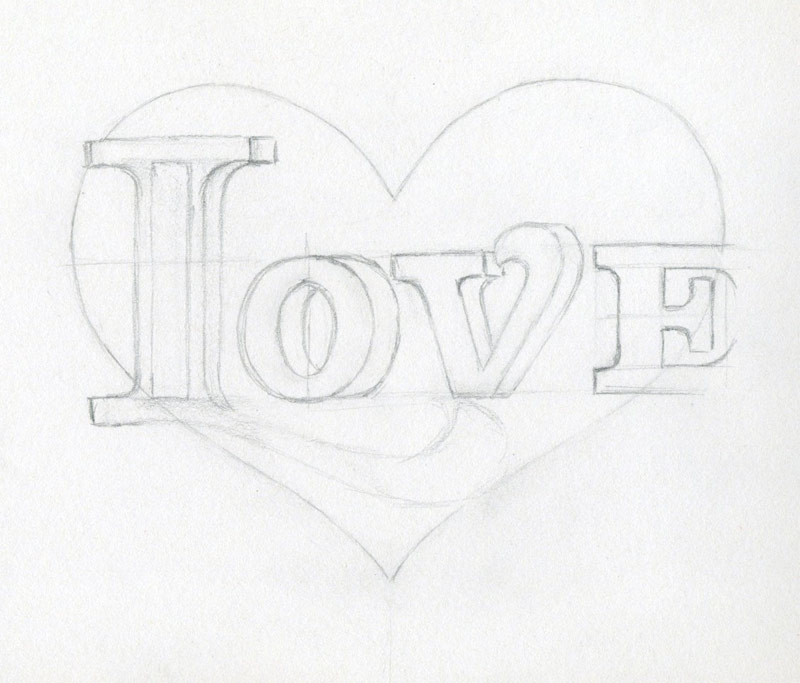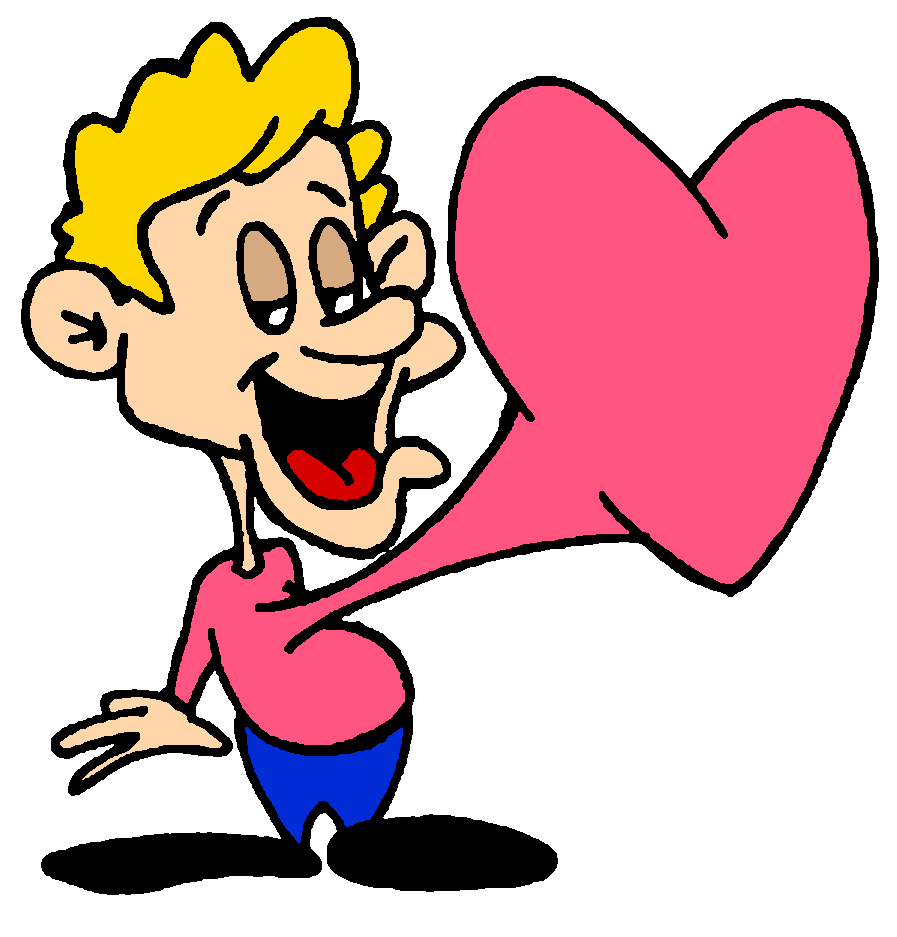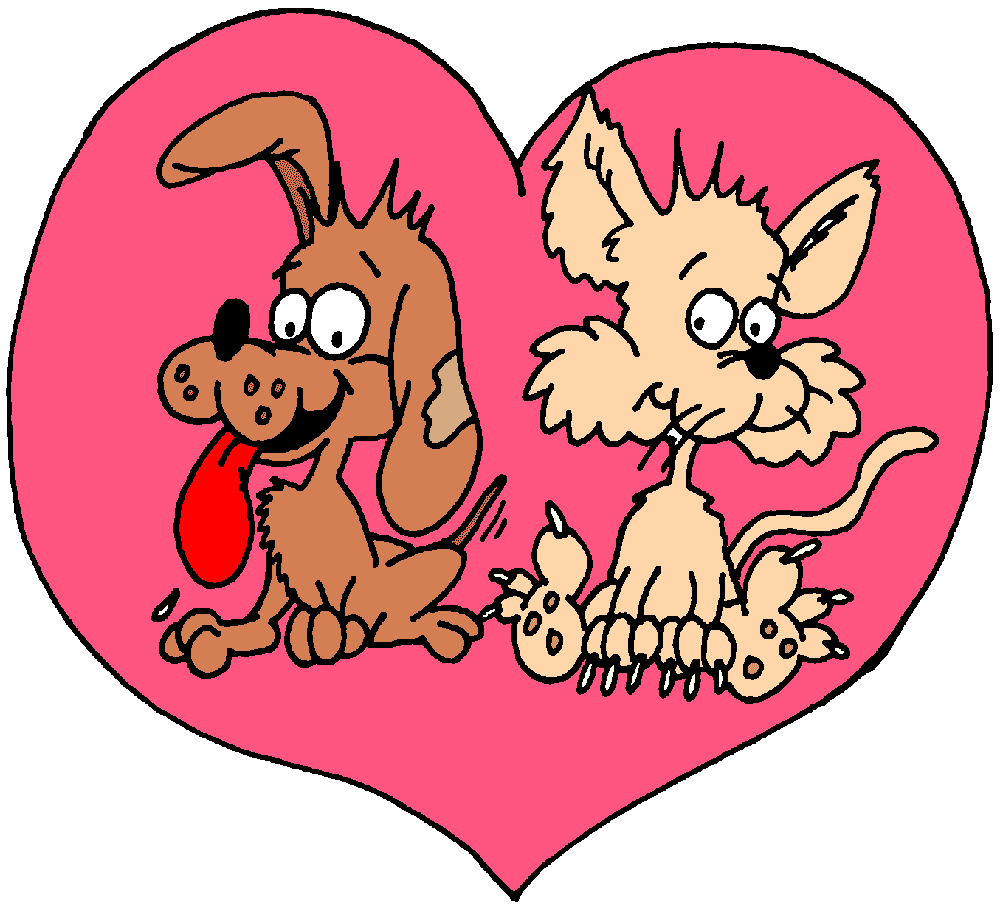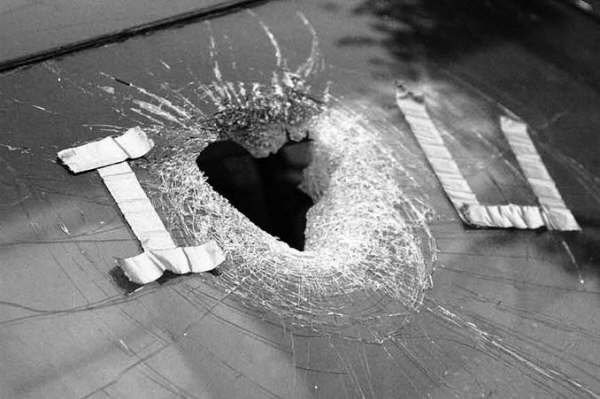A Love Heart Defination
Source:-(google.com.pk)
"The heart is the source of all knowledge"; "What the arms do, where the legs take us, how all the parts of the body move--all this the heart ordains." These quotations from ancient Egyptian texts show what were believed to be functions of the heart but today are for the most part associated with the brain. Because it is the central organ of the circulatory system, essential for maintaining life, and the signal of special situations in life (though the unmistakable "pounding of the heart"), in many older civilizations the heart was lent attributes that are not rationally defensible. It is admittedly unclear how much of this was meant literally and how much was rhetorical imagery. For the Egyptians of the time of the Pharaohs, the heart was the seat of the intelligence, the will, and the emotions. Ptah, the god of creation, first planned the universe in his heart, then with his spoken word called it into existence. In the judgment of the dead, the heart of the deceased person is compared in weight with a FEATHER (the symbol of Ma'at, the goddess of justice), to make sure that it has not been made heavy through misdeeds; "heart" is here the equivalent of "conscience." In the Bible the heart is the "inner" person: "the Lord seeth not as man seeth; for man looketh on the outward appearance, but the Lord looketh on the heart" [Samuel 16:7]. It is said of God himself that "it grieved him at his heart" that he had created the human race [Genesis 6:6]. In the New Testament Paul prays "that Christ may dwell in [the] hearts [of the Gentiles] by faith" [Ephesians 3:3]. In Hinduism the heart is repeatedly referred to as the seat of Atman, the counterpart in mortals of the absolute (Brahman). Islam sees the heart, variously enclosed, as the corporeal seat of spirituality and contemplation. The Aztecs believed that the SUN appearing at the horizon had lost its strength in the course of its nocturnal journey through the underworld, that it was reduced to skin and bones and could gain new strength only from the BLOOD in the hearts of ritually sacrificed humans. The heart, yollotli, was considered to be the seat of life and the soul. Before cremation a GREEN jewel (see PRECIOUS STONES) was placed in the mouth of the dead person to represent the heart. From the late Middle Ages onward love poetry romanticizes the heart (see René of Anjou's "A Heart Enflamed with Love"),, and in art it is soon stylized with anatomically incorrect bosom like upper edges and associated with mystical and heavenly, love (in latter cases, as a mystical altar, on which the impulses of the flesh are consumed by the FIRE of the Holy Ghost). The heart pierced by an ARROW symbolizes the Savior, loving and suffering for humanity; visions (like that of St. Margaret Mary Alacoque, ca. 1647) helped establish the veneration of the Sacred Heart. The heart of the VIRGIN Mary is portrayed, following the prophecy of old Simeon to here ("Yea, a SWORD shall pierce through thy own soul also"--Luke 2:35), as pierced by one or SEVEN swords. (The Mass of the Immaculate Heart of Mary is celebrated in the Roman Catholic Church 20 days after Pentecost.) "A merry heart maketh a cheerful countenance: but by sorrow of the heart the spirit is broken. The heart of him that hath understanding seeketh knowledge...
Nowadays the heart is the symbol used mostly to denote TRUE LOVE. But there are variations available too: a heart with an arrow through it signifies LOVESTRUCK; a broken heart is LOVE LOST; and a flaming heart is PASSION. The heart is such a symbol for LOVE that it can even replace the word in a sentence, without raising an eyebrow. Slang/phrases: "Heart's desire" means it's something you want with every fiber of your being; "heartache" is sorrow; and "heartless" is to be devoid of passion (according to the American Heritage dictionary, the archaic meaning is one devoid of courage or enthusiasm; spiritless). Older, deeper meanings attribute the heart as the keeper of the soul and passion of the body, the heart as the throne of emotion. Speaking scientifically, the heart is one of major organs of the body and without it working properly...there is no life spark.
The heart has become the official emblem of the American holiday, "Valentine's Day." Cynics view this as a holiday dreamt up by the greeting card, florist and chocolate manufacturers simply to sell more product. Romantics view it as a celebration of love and happiness. Joseph Campbell's view of the notion of romantic love translates into a celebration of the individual as being more important than the society (a Western concept), so this holiday could almost be viewed as an independence day for each one of us. Interesting, eh? So many opinions (and they're all right, they're each just addressing a different level of reality <lol>).
It's interesting but the heart with the arrow through it, is today, a symbol for someone struck by love that it beyond their control: the arrow of a playful Cupid striking deep. Then you read Hans Biedermann's explanation of that same symbol (from an earlier time) representing Christ's redemptive love. Interesting. Christ had a choice, but not really. Cupid as a god (or companion to a goddess). See how symbols accumulate and intertwine across time? A love beyond your control...an explanation from there to here. The patinas gather and shadows of earlier meanings remain. For Joseph Campbell the heart is a symbol for life itself. There, here and back again :) This is partly why I don't just give you just MY definition. That would defeat the purpose. It's all about the layers and accumulations, how the meaning evolves...and which way is it being used by this/any artist in this/any particular piece??? It's also about finding YOUR meaning, YOUR answer. It's one onion, how deep you peel it is your choice :) Want more? Go a little deeper and check out the definitions and thoughts posted below.
Nowadays the heart is the symbol used mostly to denote TRUE LOVE. But there are variations available too: a heart with an arrow through it signifies LOVESTRUCK; a broken heart is LOVE LOST; and a flaming heart is PASSION. The heart is such a symbol for LOVE that it can even replace the word in a sentence, without raising an eyebrow. Slang/phrases: "Heart's desire" means it's something you want with every fiber of your being; "heartache" is sorrow; and "heartless" is to be devoid of passion (according to the American Heritage dictionary, the archaic meaning is one devoid of courage or enthusiasm; spiritless). Older, deeper meanings attribute the heart as the keeper of the soul and passion of the body, the heart as the throne of emotion. Speaking scientifically, the heart is one of major organs of the body and without it working properly...there is no life spark.
The heart has become the official emblem of the American holiday, "Valentine's Day." Cynics view this as a holiday dreamt up by the greeting card, florist and chocolate manufacturers simply to sell more product. Romantics view it as a celebration of love and happiness. Joseph Campbell's view of the notion of romantic love translates into a celebration of the individual as being more important than the society (a Western concept), so this holiday could almost be viewed as an independence day for each one of us. Interesting, eh? So many opinions (and they're all right, they're each just addressing a different level of reality <lol>).
It's interesting but the heart with the arrow through it, is today, a symbol for someone struck by love that it beyond their control: the arrow of a playful Cupid striking deep. Then you read Hans Biedermann's explanation of that same symbol (from an earlier time) representing Christ's redemptive love. Interesting. Christ had a choice, but not really. Cupid as a god (or companion to a goddess). See how symbols accumulate and intertwine across time? A love beyond your control...an explanation from there to here. The patinas gather and shadows of earlier meanings remain. For Joseph Campbell the heart is a symbol for life itself. There, here and back again :) This is partly why I don't just give you just MY definition. That would defeat the purpose. It's all about the layers and accumulations, how the meaning evolves...and which way is it being used by this/any artist in this/any particular piece??? It's also about finding YOUR meaning, YOUR answer. It's one onion, how deep you peel it is your choice :) Want more? Go a little deeper and check out the definitions and thoughts posted below.
A Love Heart Images Pictures Photos 2013
 A Love Heart Images Pictures Photos 2013
A Love Heart Images Pictures Photos 2013
 A Love Heart Images Pictures Photos 2013
A Love Heart Images Pictures Photos 2013
 A Love Heart Images Pictures Photos 2013
A Love Heart Images Pictures Photos 2013
 A Love Heart Images Pictures Photos 2013
A Love Heart Images Pictures Photos 2013
 A Love Heart Images Pictures Photos 2013
A Love Heart Images Pictures Photos 2013
 A Love Heart Images Pictures Photos 2013
A Love Heart Images Pictures Photos 2013
 A Love Heart Images Pictures Photos 2013
A Love Heart Images Pictures Photos 2013
.jpg) A Love Heart Images Pictures Photos 2013
A Love Heart Images Pictures Photos 2013
.jpg) A Love Heart Images Pictures Photos 2013
A Love Heart Images Pictures Photos 2013







.jpg)
.jpg)







































